The narrower borders allow the display to maximize screen area, while minimally changing the dimensions of the watch itself. The design of Apple Watch Series 7 is refined with softer, more rounded corners, and the display has a unique refractive edge that makes full-screen watch faces and apps appear to seamlessly connect with the curvature of the case. Apple Watch Series 7 also features a user interface optimized for the larger display, offering greater readability and ease of use, plus two unique watch faces — Contour and Modular Duo — designed specifically for the new device. With the improvements to the display, users benefit from the same all-day 18-hour battery life,1 now complemented by 33 percent faster charging.
Apple today announced Apple Watch Series 7, featuring a reengineered Always-On Retina display with significantly more screen area and thinner borders, making it the largest and most advanced display ever. The Apple Watch Series 7 offers the same suite of sensors as the Series 6. These include an accelerometer, a gyroscope, a heart rate sensor, a barometer, an always-on altimeter, a compass, an SpO2 sensor, and a VO2 max sensor.
These sensors a host of health and fitness tracking features, including blood oxygen monitoring, heart rate monitoring, sleep tracking, fall detection, workout tracking, and more. The Apple Watch Series 7 due for launch this year is likely to get a bigger display with up to 16 percent more screen real estate compared to Series 6, a new Bloomberg report suggests. Earlier, it was reported that the Apple Watch Series 7 will benefit from newer watch faces specifically made to utilise the larger display, the details of which are now clearer. Both these are a notch bigger than last year's Apple Watch Series 6, which came in 40mm and 44mm case sizes. The Apple Watch Series 7 is scheduled to be launched in Apple's September event which will also consist of the new 2021 iPhone lineup launch. The Apple Watch Series 7 continues to provide an "all-day" 18-hour battery life from a single charge.
The device can now charge 33 percent faster charging compared with Apple Watch Series 6 thanks to a new charging architecture and Apple's Magnetic Fast Charger USB-C Cable. This means that just eight minutes of charging time can provide up to eight hours of sleep tracking. The key USP of the Apple Watch product lineup is its health and fitness features.
While Apple hasn't provided any significant additions on that front, you're getting most of the commonly available features to track your health and wellness while on the go. The Apple Watch Series 7 offers blood oxygen saturation tracking using a built-in Blood Oxygen sensor. It is also capable of tracking heart rate using an electrical heart rate sensor that was first introduced on the Apple Watch Series 4 and also available on the last-generation model. The smartwatch can also detect atrial fibrillation and can provide an electrocardiogram report. While nothing definitive has been leaked yet, there have been rumors of further health monitoring hardware coming to the Apple Watch Series 7.
An optical sensor that may be able to scan at greater depth was described in an Apple patent application in 2018. This could be applied to blood glucose monitoring, which would be of most interest for users that have diabetes and would provide a useful health metric for all wearers. Blood glucose usually requires a pin-prick and a blood drop for analysis, however, optical readers are being researched by several medical manufacturers. If Apple can launch an Apple Watch with this advanced sensor, it will be a breakthrough as impressive as the electrocardiogram feature that came with the Apple Watch Series 4. A blood pressure sensor has also been described in a patent, which would be a big win for Apple's health focus. There are already stainless steel and titanium options, but a rubberized coating might help to protect from scratches.
The very first Apple Watch launched in April 2015, receiving mixed reviews initially but proving to be wildly successful and becoming the most popular smartwatch in the US and worldwide. In September of 2016, Apple released two models, called the Apple Watch Series 1 and Series 2, with the latter having a brighter display and better water resistance. A single model, the Apple Watch Series 3, followed in the fall of 2017 and is still available as a low-cost option on Apple's website. The pattern of fourth-quarter launches continued with the Apple Watch Series 4 through Series 6 appearing in subsequent years, each bringing faster performance, brighter displays, and more health tracking options.
In 2020, Apple also launched a budget model called the Apple Watch SE, which is quite similar to the Series 5 but lacking the ECG feature. With three price points, starting at $199, Apple has smartwatches to suit different types of people. These include a new flatter display, with slimmer bezels and two new screen sizes. This means there's space for a full keyboard now, while IP6X dust resistance is added to the existing WR50 waterproofing. You also get significantly faster charging and fall detection while cycling, as well as a new range of colours.
The Series 7 is still compatible with existing Apple Watch straps and bands, though. An updated design has been suggested as well, which might be the first big change to the appearance of the Apple Watch. The announcement is most likely to come at Apple's fall event, but early rumors help to give some insight about what to expect from Apple's next wearable. During today's Apple announcement event, there wasn't much said regarding new internals. Apple didn't mention a new chip or any other computing components for this upcomingwatchOS 8 powered device. With the new USB-C Apple Watch charger, Apple says the Series 7 can charge from zero to 80 percent in 45 minutes and achieve eight hours of sleep tracking from just an eight-minute charge.
Although Series 7's battery charges 33 percent faster than its predecessor, it still has the same 18-hour battery life as the Series 6. The Series 7 has the most crack-resistant glass with IP6X certification for dust resistance and the same water resistance rating, says Apple. One of the biggest gripes for Watch users has been the charging speed. For instance, 8 minutes of charging can give up to 8 hours of sleep tracking.
Also, with just 45 minutes of charging Apple Watch can reach from 0 to 80%. Apple has given USB-C support for Apple Watch and the magnetic charging puck, which has been around for years. Apple also announced that the latest watch charges 33% faster than the Series 6 and has an updated charging architecture with a new fast charging USBC cable. It now takes 45 minutes to go from zero to 80 percent charge and eight minutes of charging is enough for eight hours of sleep tracking, according to Braun. The Apple Watch Series 7, announced in September 2021, is the current iteration of the Apple Watch that originally launched in 2015.
The Apple Watch Series 7 builds on the design of previous Apple Watch models with a more rounded design and offers some notable new features including larger displays, improved durability, and faster charging. Apple Watch Series 7 was launched at the company's "California streaming" event on Tuesday. The new Apple Watch model is the eighth iteration in the series of smartwatches launched by the Cupertino giant since its first generation in 2015.
The Apple Watch Series 7 comes as a significant upgrade over last year's Series 6, including a major redesign. There are 1.7mm thin borders to maximise display area while barely changing the dimensions of the watch itself. The addition of the new design also enables the Apple Watch Series 7 to deliver the largest-ever display that comes in the 45 millimetres size variant. Apple claims that using the new design, the Apple Watch Series 7 offers 20 percent more screen area than that of the Apple Watch Series 6, and 50 percent compared to the entry-level Series 3 model. Apple hasn't provided any significant additions to the health features on the Apple Watch Series 7.
It is also capable of tracking heart rate using an electrical heart rate sensor that was first introduced on the Apple Watch Series 4. The smartwatch can also detect atrial fibrillation and can provide an electrocardiogram report, same as the Apple Watch Series 6. WatchOS 8 will come with additional watch faces specifically designed to fit the Apple Watch Series 7 bigger display.
And of course, what is an Apple Watch without its health and wellness features? The watch will come with a new Mindfulness app, and with the important for your health monitoring sleep respiratory rate tracking. In terms of workouts, some new workout types such as Tai Chi and Pilates will also be added.
There are some tradeoffs with the Apple Watch Series 3 because it is a much older model, such as a smaller display, an older chipset, and the lack of a compass, fall detection, ECG, and blood oxygen monitoring. The stunning display of Apple Watch Series 7 offers nearly 20 percent more screen area and thinner borders at just 1.7 mm — 40 percent smaller than those on Apple Watch Series 6. Through an innovative design that maximizes the screen area while minimally changing the dimensions of the overall case size, Apple Watch Series 7 is available in 41mm and 45mm sizes. While the wrist is down, the Always-On Retina display is up to 70 percent brighter indoors than that of Apple Watch Series 6, making it easier to see the watch face without having to lift the wrist or wake the display. Unfortunately there's no major update to the battery life, with Apple still quoting an 18-hour lifespan, but to make things slightly easier, fast charging has now been implemented.
New health and fitness features mentioned during the Sept. 14 event, including cycling detection and new workout types, are coming to other Apple Watch models with the release of watchOS 8. The Apple Watch SE, in contrast to its more expensive counterparts, packs an optical heart rate sensor, fall detection, an always-on altimeter. Unlike the last few generations of flagship wearables, it does not have a blood oxygen sensor or an electrocardiogram. Apple Watch Series 4, which launched a year later, featured a major redesign with a screen that was 30% bigger in both models and a 50% improvement on its processor over the Series 3 version.
Speakers and microphones were rearranged so they were louder and more useful, and Series 4 introduced the fall detection feature, ECG capabilities, and the second-generation heart rate monitor. Apple has also made some significant improvements to battery life and charging on the Apple Watch Series 7. The company claims that the new smartwatches offer 18-hour all-day battery life, along with 33% faster charging than the previous model. Apple Watch Series 7 models are also able to charge 33 percent faster, with just eight minutes of charging providing up to eight hours of sleep tracking time. The Watch Series 7 will offer an 18-hour battery life, like the Series 6, though it will ship with a USB Type-C cable for faster charging. The only other main feature is that the larger and brighter display allows the Watch Series 7 to offer a Full Keyboard with QuickPath, making replying to messages easier.
Some important details of Apple's upcoming launch, the Watch Series 7, have surfaced online ahead of its debut. According to Bloomberg reporter Mark Gurman's Power On newsletter, the new line-up is said to feature a slightly bigger display and flatter edges. This design feature will be in line with Apple's new design language.
Some users speculate that the large screen feature would allow Apple to launch fresh exclusive watch faces for the new series. Finally, it is also expected to have faster processors and improved battery life, offering more value for the money. Apple Watch Series 7 provides all-day 18-hour battery life on a single charge, and 33 percent faster charging compared with Apple Watch Series 6, through a new charging architecture and Magnetic Fast Charger USB-C Cable. During the event, Apple also highlighted several new watchOS 8 features, including bike fall detection, new workout algorithms for e-bikes and a new mindfulness app. The Apple Watch Series 7 comes with a new display, new keyboard and greater durability.
Like its predecessor, the Series 7 has an 18-hour battery life and an improved charging experience—33% faster than the Series 6 with an updated charging architecture and new USB cable. Now, it takes 45 minutes to go from zero to 80% charged, according to Lauren Braun, product manager. Apple didn't offer any specifics on availability, but said the Series 7 will be available "this fall" starting at $399, in both aluminum and stainless steel models in 41mm and 45mm sizes. The aluminum version comes in midnight, starlight, green, a new blue tone, or Product Red color options.
The stainless steel version will be available in gold, silver, or graphite. As a more affordable alternative, the company plans to continue selling the Series 3 for $199 and the Watch SE for $279. It promises the same 18-hour battery life as its predecessor, but with faster charging—33% faster than the Series 6, according to Apple. Just 45 minutes of charging will take the watch from dead to 80% battery life.
And eight minutes on the charger offers eight hours of juice for overnight sleep tracking. Apple says the bigger display area facilitated the introduction of a full QWERTY keyboard that can be typed or swiped through to enter text. Each grew one millimeter from 40 and 44 millimeters on the Series 6 to 41 and 45 millimeters on the Series 7. The all-new Apple Watch Series 7 has IP6X certification for dust resistance and WR50 for water resistance rating. Same as the Series 6 model, the new Apple Watch Series 7 comes with a heart rate sensor, ECG, and Blood Oxygen.
Apple still touts the same 18 hour battery life as it has for every generation of its Watch. It has added some fast charging capability though, claiming it can charge 33% faster than the Series 6 and can go from 0-80% in 45 minutes of charging. The user interface is optimized to take advantage of the shape and size of the new display. With watchOS 8, larger menu titles and buttons in apps like Stopwatch, Activity, and Alarms also make the screen even simpler to interact with. Measure your blood oxygen level with a revolutionary sensor and app. Along with other innovations like mindfulness and sleep tracking to keep you healthy from head to toe.
While Apple is redesigning the device for this year, it's planning more expansive changes and new health features for 2022. The company aims to release a new low-end Apple Watch SE, a rugged model geared toward extreme sports users, and an update to the flagship model. It's also planning to add a body-temperature sensor as early as next year's model, Bloomberg News has reported. When the Apple Watch Series 7 launches, shoppers can be fairly certain that it will feature a faster processor and an improved display.
Rumors of a microLED display have slowed but were mentioned as a possibility for the Apple Watch last year. This could improve the always-on capability, possibly even allowing maximum brightness all day long, as opposed to the dimming that occurs when the arm is down with the Series 6. Currently, an Apple Watch requires an iPhone for initial setup, but some features can be used without an iPhone. If the 2021 model eases that requirement, there is potential for a massive sales increase as it becomes available to Android phone users. The Apple Watch Series 7 will continue Apple's stretch to make the most popular smartwatch in the world even better.
The key feature the Apple Watch Series 7 will bring to the table is the larger and brighter display. According to Apple, the Series 7 will boast thinner borders and around 20% more screen area than its predecessor, the Apple Watch Series 6, and will be 70% brighter indoors. Despite these improvements, the Apple Watch Series 7 does look quite like its predecessor and is instantly recognizable at being an Apple Watch. The device offers a new, larger display, along with a series of new features that help make it arguably the best smartwatch ever released. Safe to say, even if you have an Apple Watch Series 6, you may want to upgrade to the Apple Watch Series 7, depending on what's important to you.
The new Apple Watch Series 7 runs the latest version of watchOS out of the box — watchOS 8. Along with the health and fitness features mentioned above, watchOS 8 has bigger UI elements and several new customization options, including two new watch faces — Contour and Modular Duo — designed specifically for Watch Series 7. Although the Apple Watch Series 7 models feature bigger displays than Series 6, they feature the same rounded design, albeit with "softer, more rounded corners". The displays on the new models feature 40% slimmer bezels that measure only 1.7mm. This has allowed Apple to offer 20% more screen area than the Series 6 without altering the dimensions significantly.
The Always-on Retina displays on the Watch Series 7 are 70 percent brighter than the previous model. Feature-wise, abilities like ECG and blood oxygen monitoring endure, with watchOS 8 bringing the newest functionality to the table. Automatic workout and fall detection for cycling is now part of the equation, as is more accurate calorie tracking for those riding e-bikes. The display dims when the wrist is down in order to preserve battery life, but key features like watch hands stay lit all the time. Touching the watch face or raising the wrist brings the display back to full brightness, and to minimize battery drain, Apple has optimized watch faces for the feature.
The Apple Watch's display also has a variable refresh rate that drops from 60Hz to as low as 1Hz when the watch is inactive. The aluminum Apple Watch models feature Ion-X glass to protect the display, while stainless steel and titanium models use sapphire crystal glass. Sapphire crystal glass offers better scratch resistance than Ion-X glass because it is a harder material, which means the models with sapphire crystal models are resistant to scratching and everyday wear.




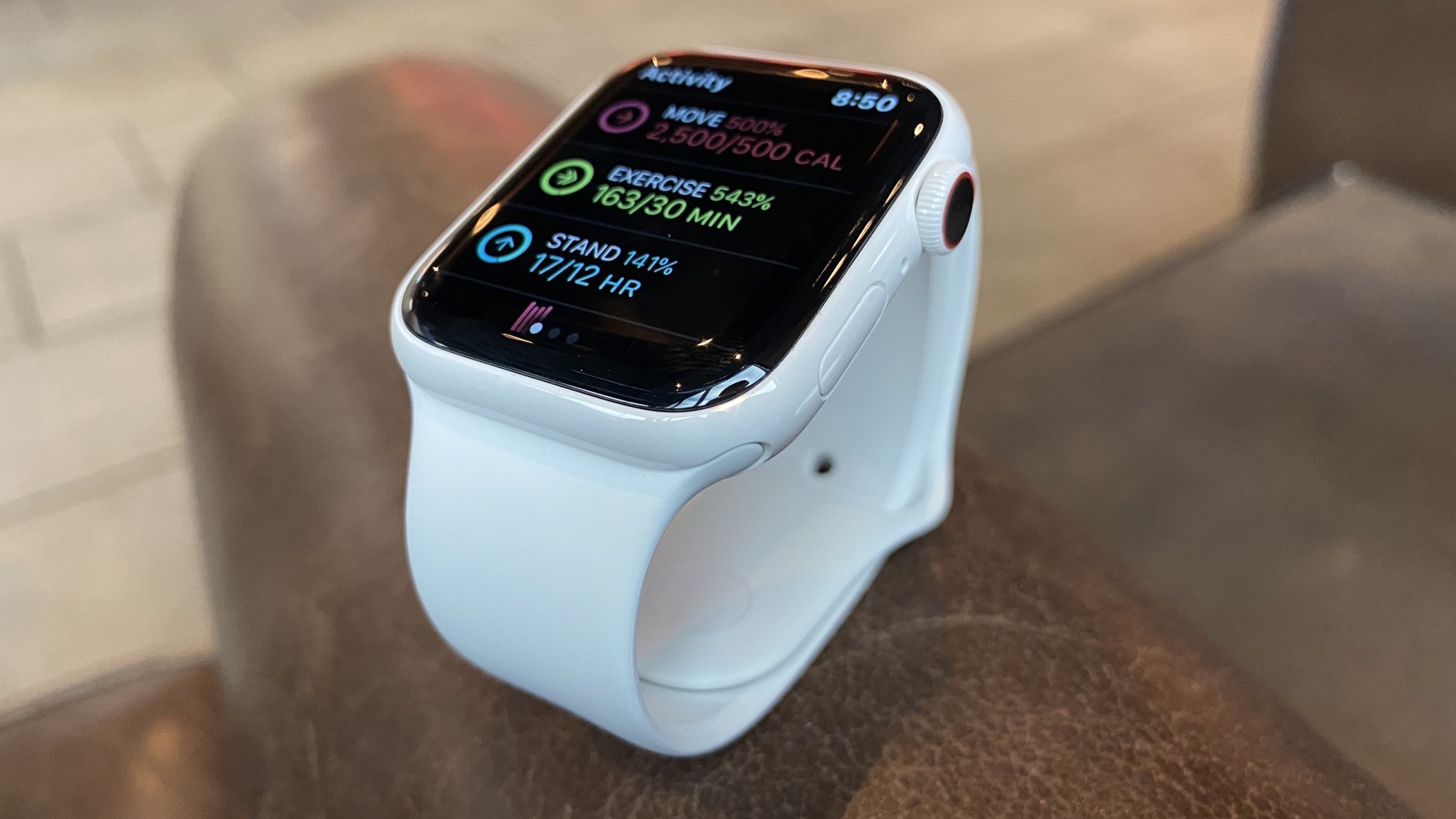
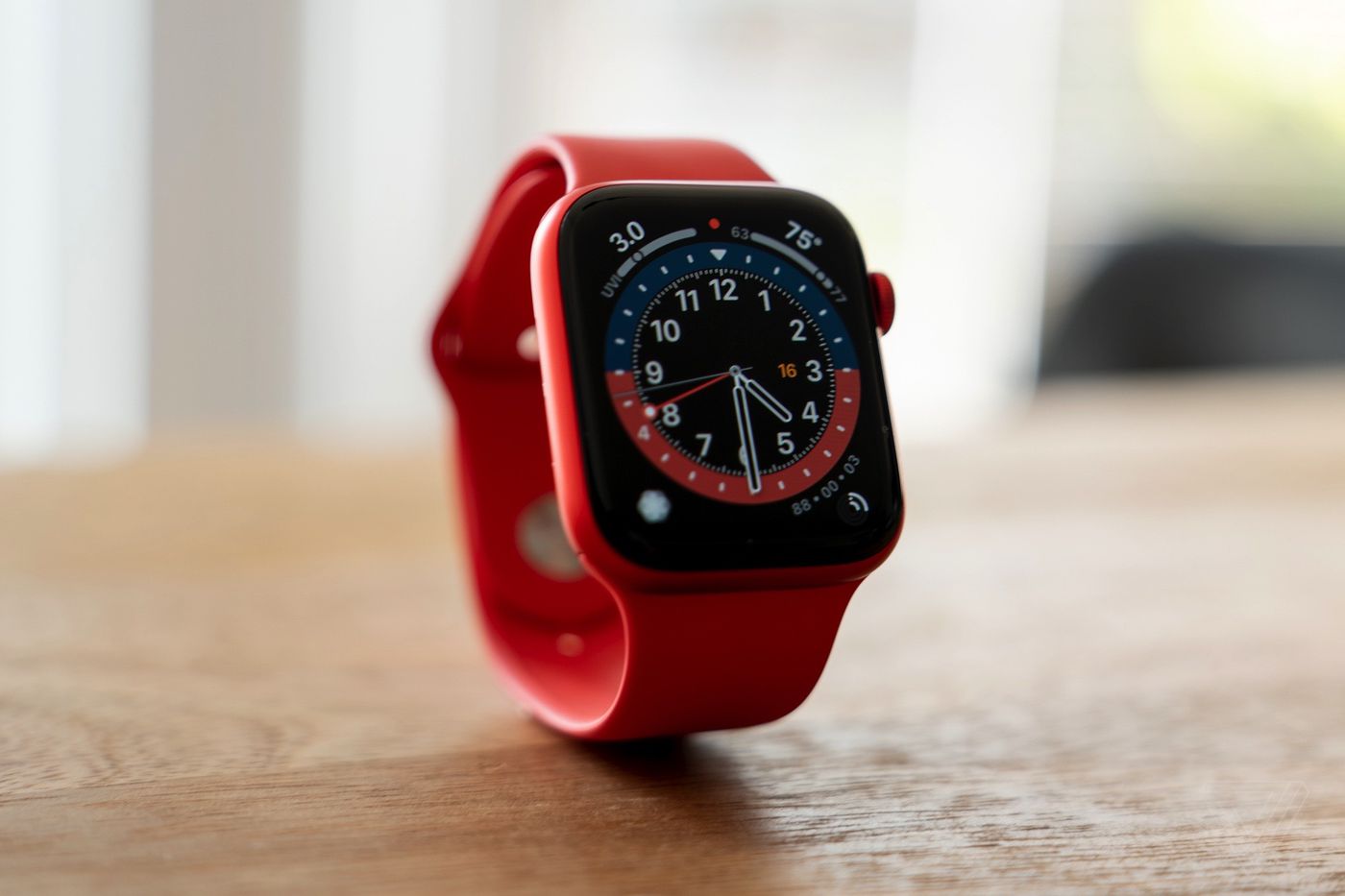



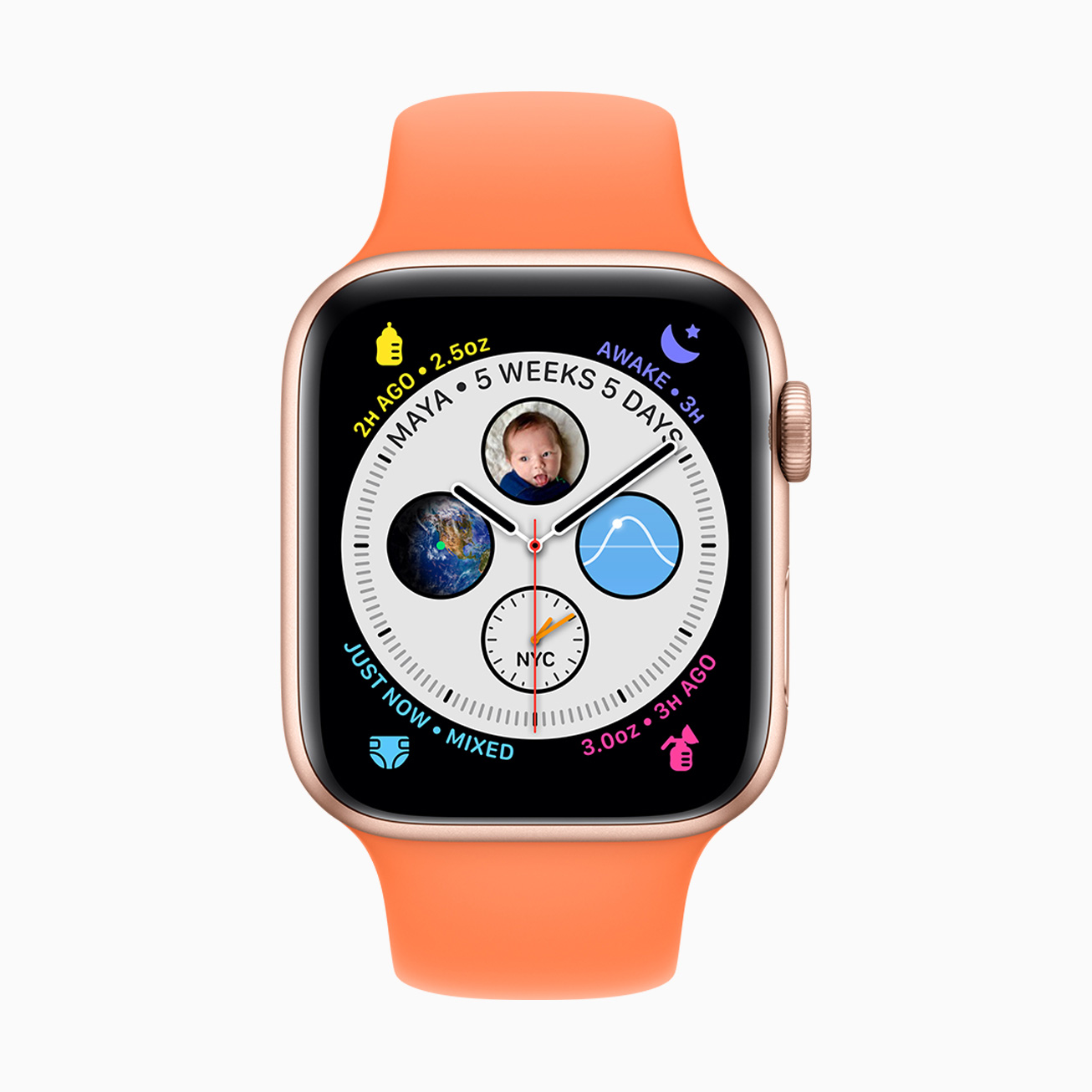

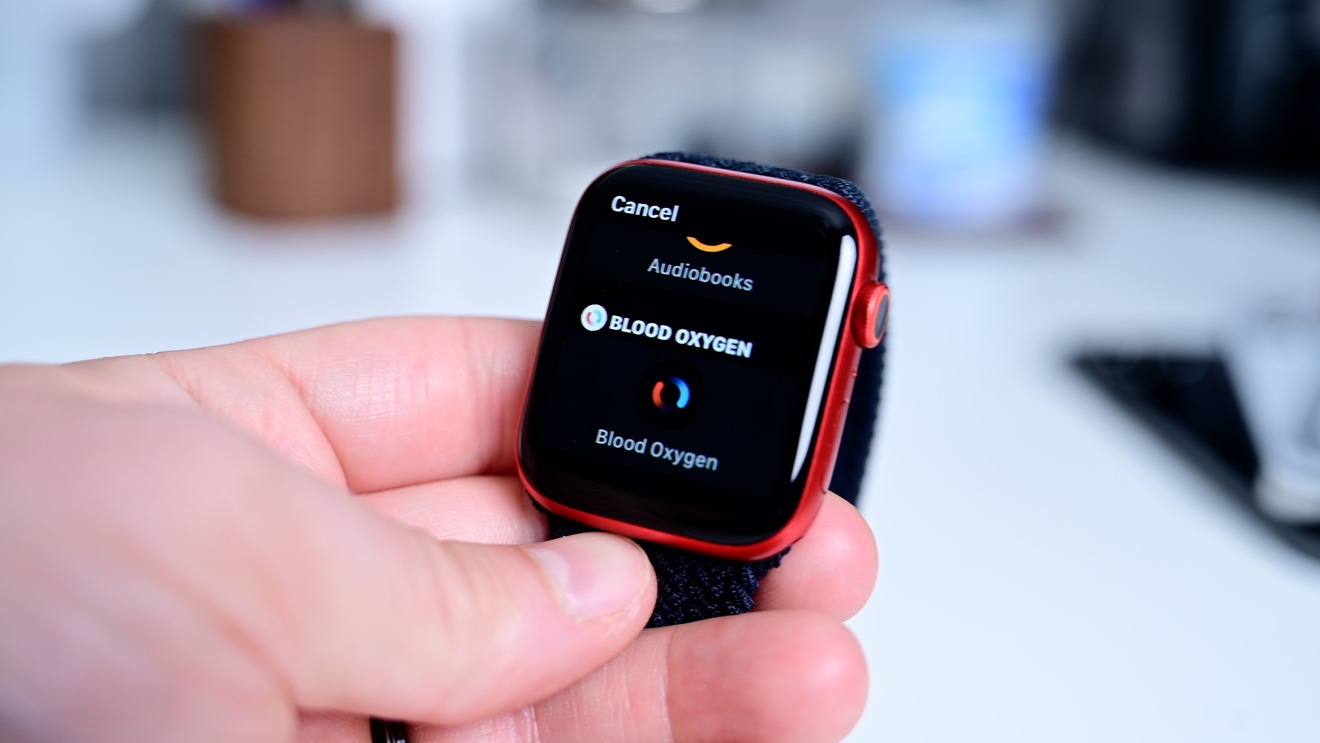
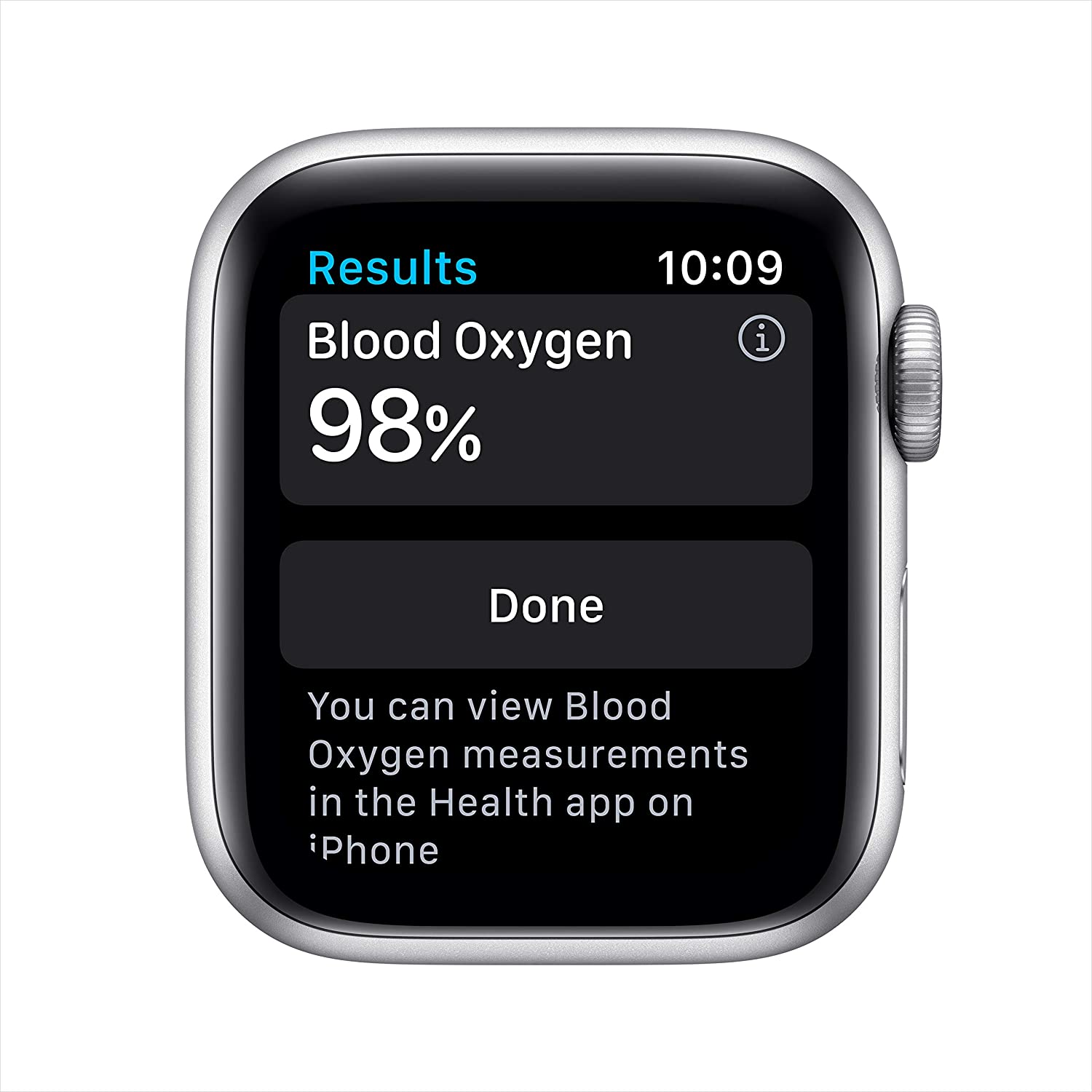








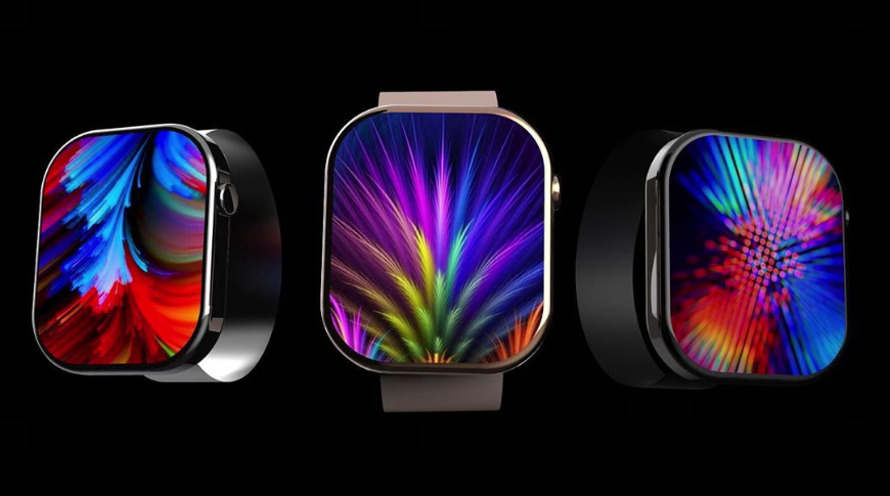




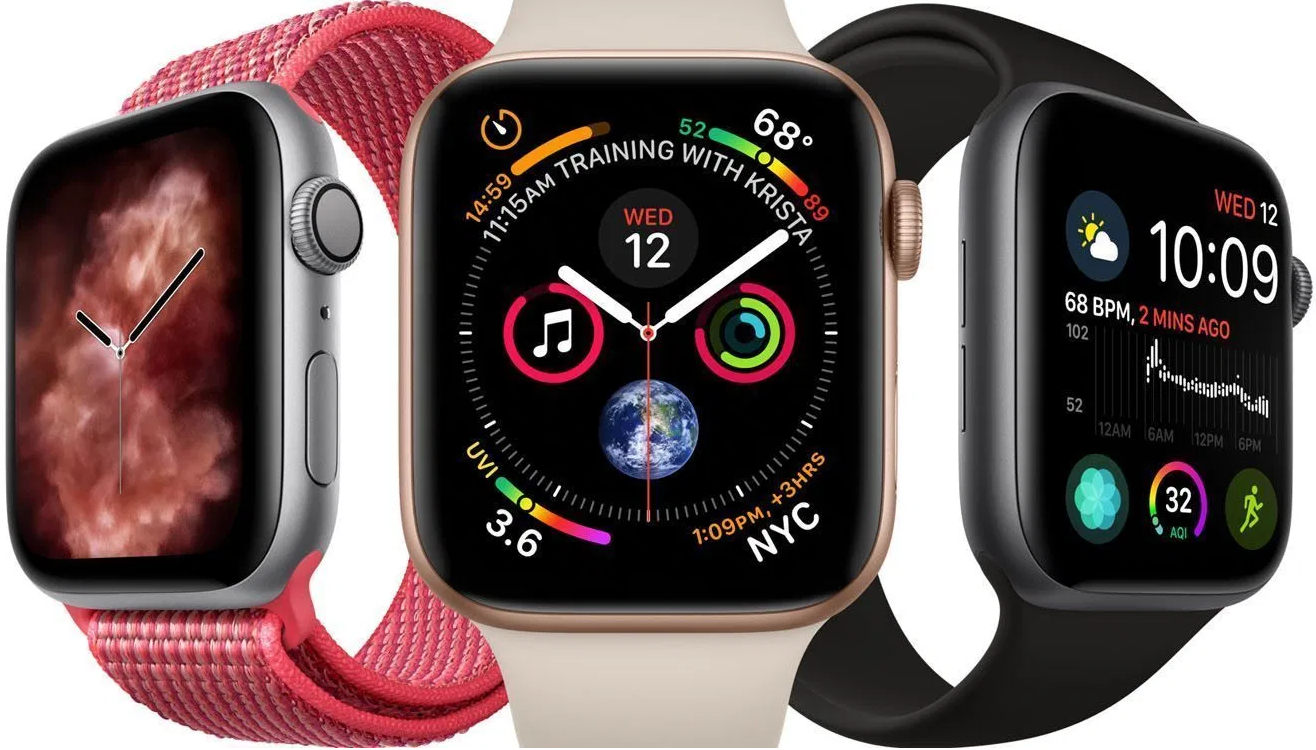
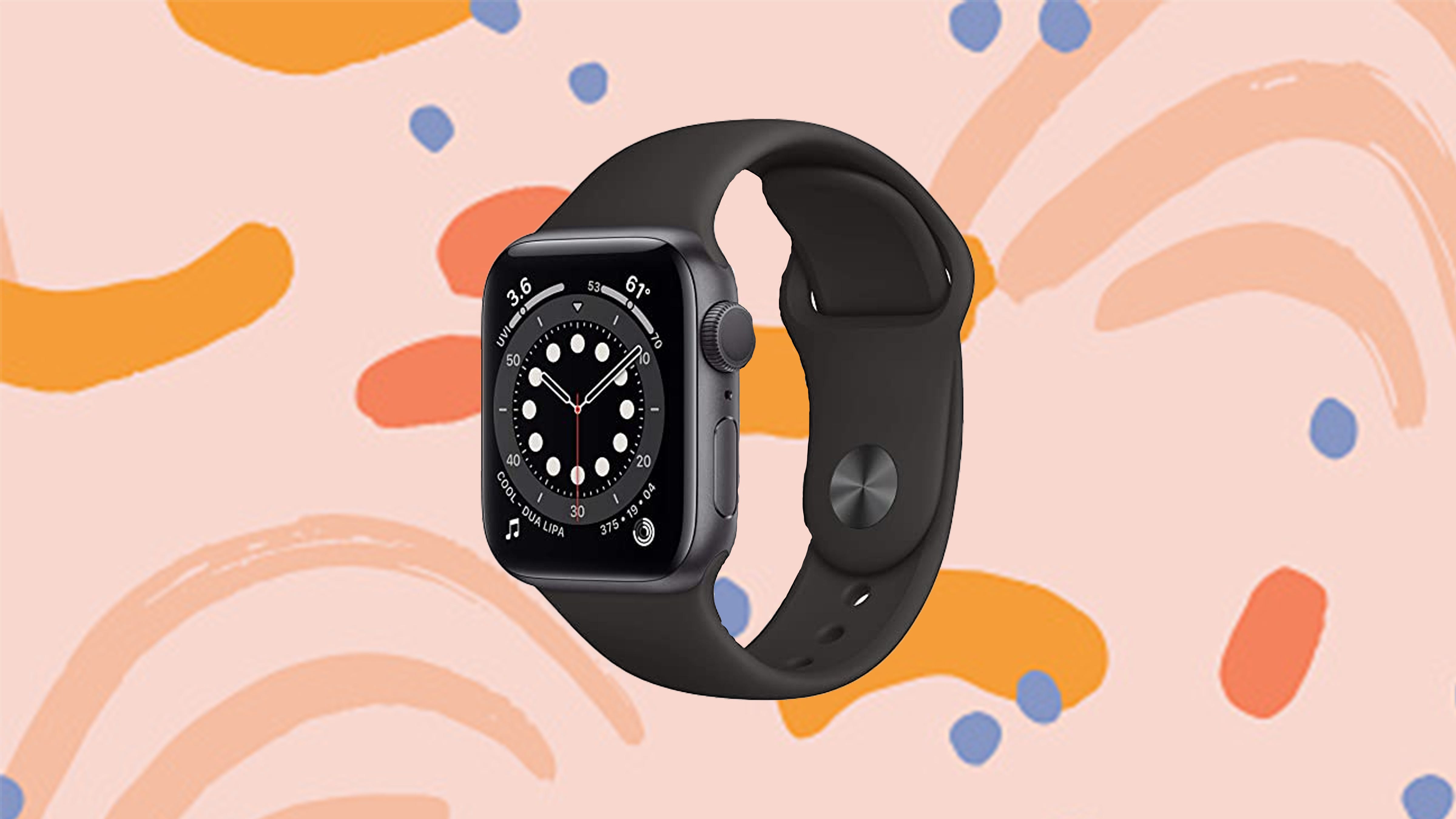


No comments:
Post a Comment
Note: Only a member of this blog may post a comment.